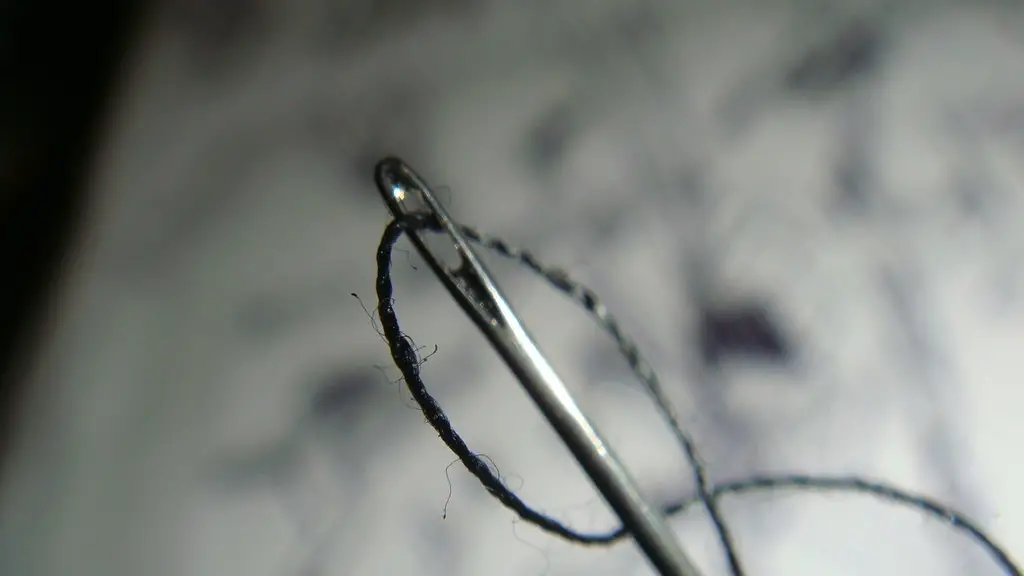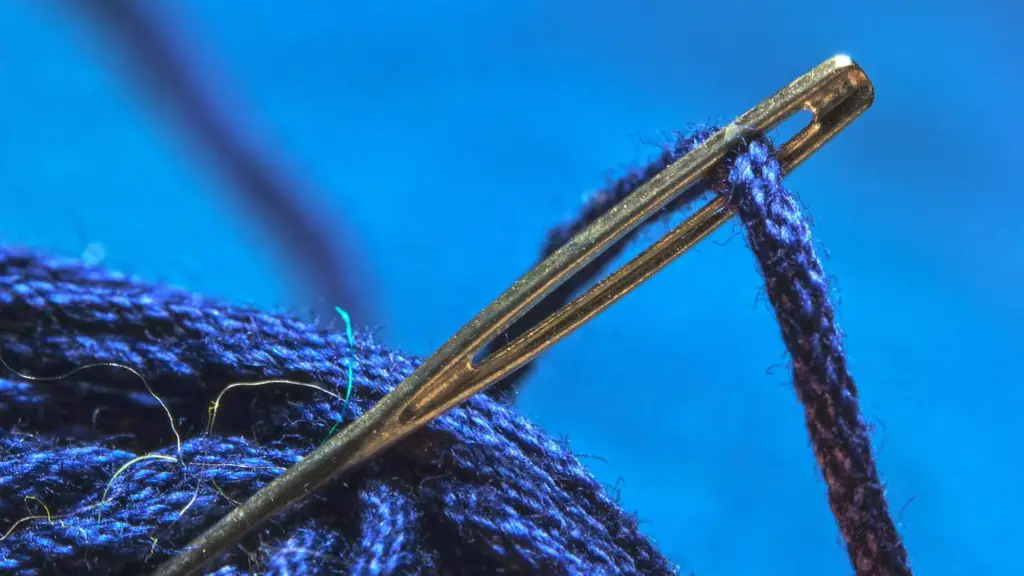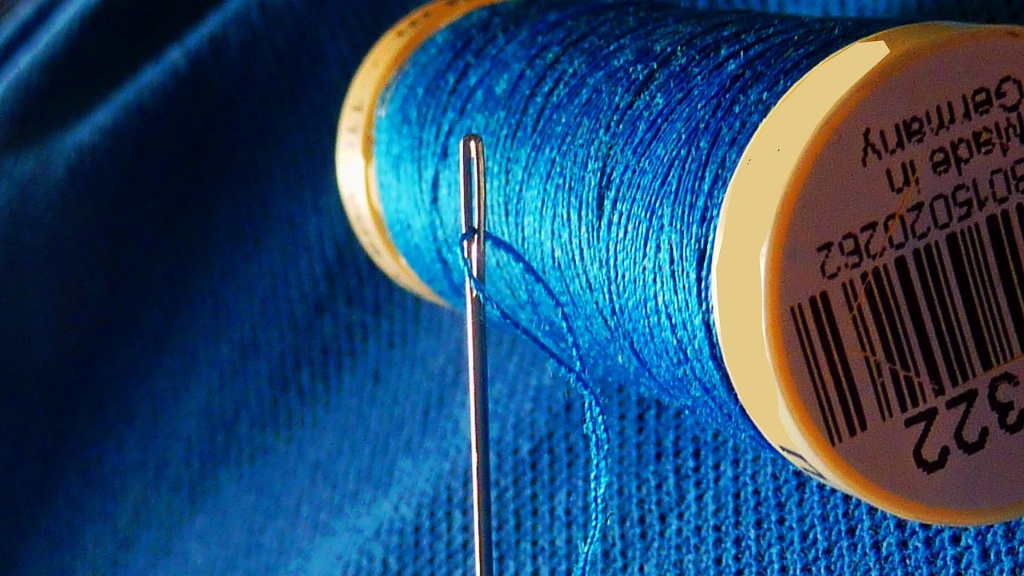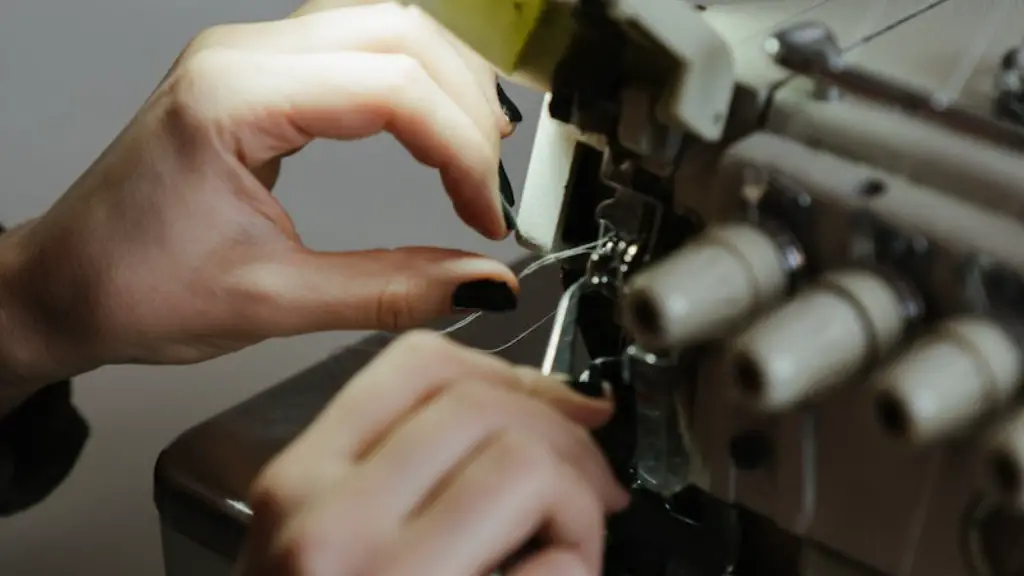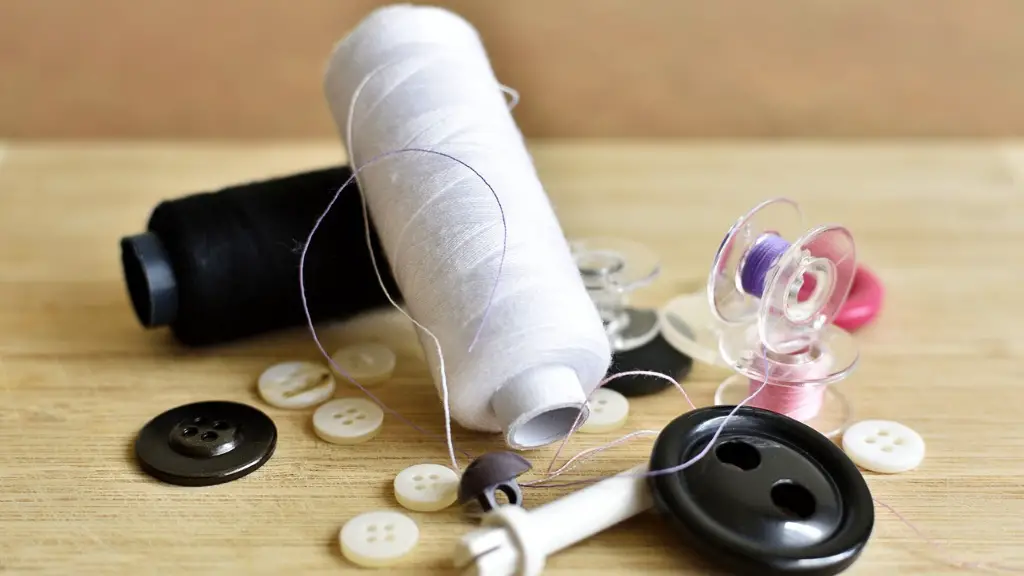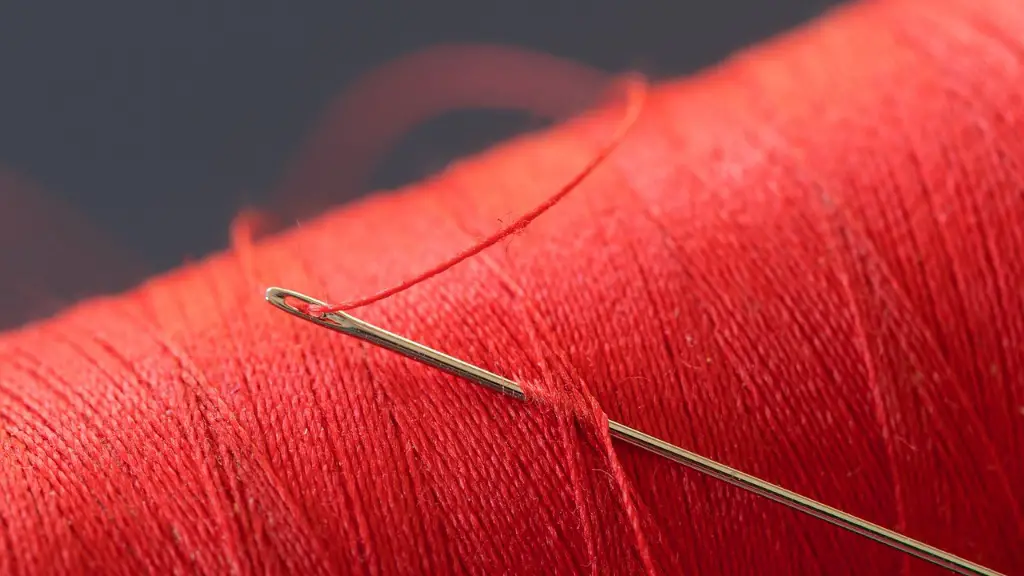Nothing beats the convenience of having a portable sewing machine handy. Portable sewing machines are lightweight and simple enough to move around at will, enabling you to take your projects wherever you go. Setting up a portable sewing machine may seem daunting, but it’s really not as hard or intimidating as it looks. This guide will walk you through the necessary steps.
First and foremost, make sure that the sewing machine is functioning correctly. Turn the machine on and look for any elements that are loose or out of place. For instance, the bobbin winder may be jostled out of position or the tension disc may be misaligned. Pay extra attention to any potential issue as these can cause major problems when sewing.
Set up your sewing machine correctly on a table or counter. Place the machine on a flat, stable surface, preferably one that’s raised or elevated from the floor. This will allow for easier reaching and the portability of the machine. If you’re planning on working with heavier projects, consider investing in a sewing machine table for extra support.
Once the sewing machine is set up, thread it properly. This step is relatively straightforward, but it’s easy to get intimidated. Run a test stitch by bringing the thread from the spool to the needle, adjusting the thread tension knob, and selecting the appropriate stitch. It’s important to take the time to get this step right so that the final outcome is neat and professional.
After the machine is threaded and the test stitch is complete, it’s finally time to get to work. Start with a simple project, such as sewing a small bag, to get a feel of how the portable machine works. Consider experimenting with different stitches and settings to get a better grasp of all the possibilities.
In conclusion, properly setting up a portable sewing machine doesn’t have to be a daunting experience. With a bit of patience and know-how, even the newest of sewers can get their projects off the ground in no time.
Winding and loading the bobbin
Winding and loading the bobbin is a fairly straightforward process, but it’s important to make sure the bobbin is wound properly to minimize uneven stitches. To start, release the tension lever and wind the thread from spool to bobbin. Ensure that the bobbin is properly loaded and in the correct position so that the machine can pick up and draw up the bobbin thread.
To insert the bobbin, open the cover and rotate the hook cover clockwise. Remove the hook cover, insert the bobbin and secure it against the tension spring. Push the hook cover back in place and rotate it counter-clockwise. To test if the bobbin has been installed correctly, turn the hand wheel toward you and make sure that the hook of the shuttle race is going around.
Sewing Accessory Organization
Organization is key when it comes to getting the most out of your portable sewing machine. During the sewing process, it’s easy to get overwhelmed from all the buttons, accessories and cords. To keep everything readily accessible and organized, consider investing in pouches and boxes that can organize all your sewing supplies.
Some machines come with an accessory compartment where users can store spare bobbins, needles, thread, and other little tools. Take time to familiarize yourself with these extra elements and look into purchasing any extra accessories that can make your sewing process more efficient.
Machine Maintenance
Once your sewing project is done, the importance of regular machine maintenance cannot be overstated. A few minutes of regular upkeep can make a huge difference in the long run. To start, unplug the machine and use a brush to clean off all the dust from the interior and exterior. Grease or oil the shuttle race, needle and parts when needed as this will help them work better and last longer. Test the stitch before each new project and adjust the thread tension for any material changes.
In addition, keep a notebook where you can track the different features, settings and accessories of your machine. Reference this list when starting new projects and use it as a troubleshooting guide in case of any unforeseen issues.
Troubleshooting Steps
Even with regular maintenance, some issues can crop up with time. In such cases, it’s usually a good idea to consult the owner’s manual that came with the sewing machine. Review the material on common problems and connect with the machine’s support team to help troubleshoot the issue.
If possible, write down a detailed description of the issue and take pictures or video of the machine before calling in for assistance. This way, the service team can have a better understanding of the problem and better assess what needs to be done. Most of the time, these problems can be solved fairly easily with a few tweaks.
Advanced Techniques for Portable Sewing Machines
Once you become used to the basics of sewing, consider taking it to the next level. There are several advanced techniques that you can use to get even more out of your portable sewing machine. Look into hemming, quilting and appliqué, three popular techniques that will take your sewing projects to the next level.
Quilting is a time-honored craft that requires great precision and patience. Applique is the process of adding fabric backings and decorations to clothing. Hemming is a popular technique for finishing the edges of clothing for a more polished look. Each of these techniques has its own unique set of challenges and rewards, so explore their depths to find out what works best for you.
Switching Needles
Different fabrics require different types of needles. For instance, a denim or leather project requires a needle that is sturdier than the one used for a silk or organza garment. Keep a little stash of needles for any random projects you might come across. This way, you’ll be able to switch needles quickly and easily.
When switching needles, don’t forget to remove the needle before turning off the machine. This is a safety measure that will help prevent damages and injuries. Make sure to properly discard the used needles and, if possible, store different types of needles in separate containers.
Custom Work
Take your sewing game to the next level by creating custom garments. This type of project is a great way to repurpose old clothes, make clothes fit better, create personalized projects and add unique touches to clothing.
Designing from scratch is challenging but rewarding. Begin by sketching your idea, browsing for fabric and picking the right tools for the job. Take the time to familiarize yourself with the nuances of the fabric. Test stitches and keep notes of the different settings and tools used for each project.
This type of work takes patience and dedication, and a sewing machine is the perfect tool to help you learn, experiment and most of all, create.
